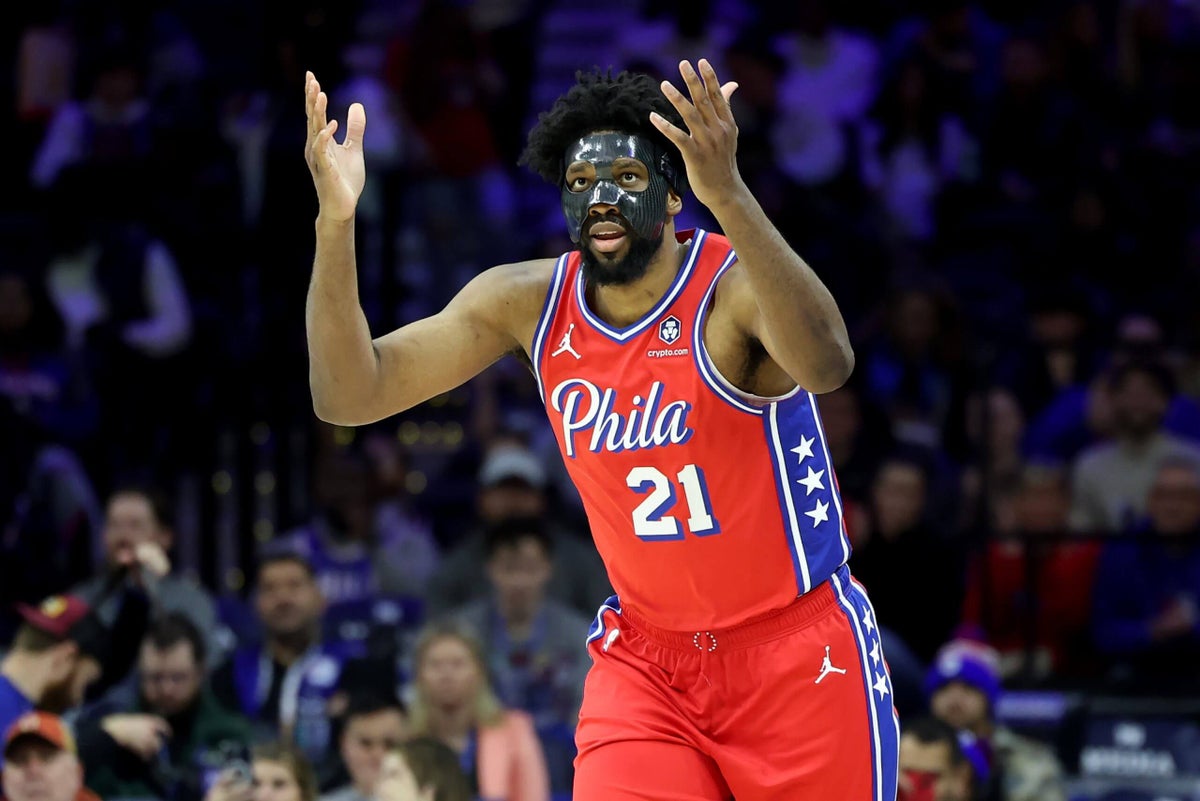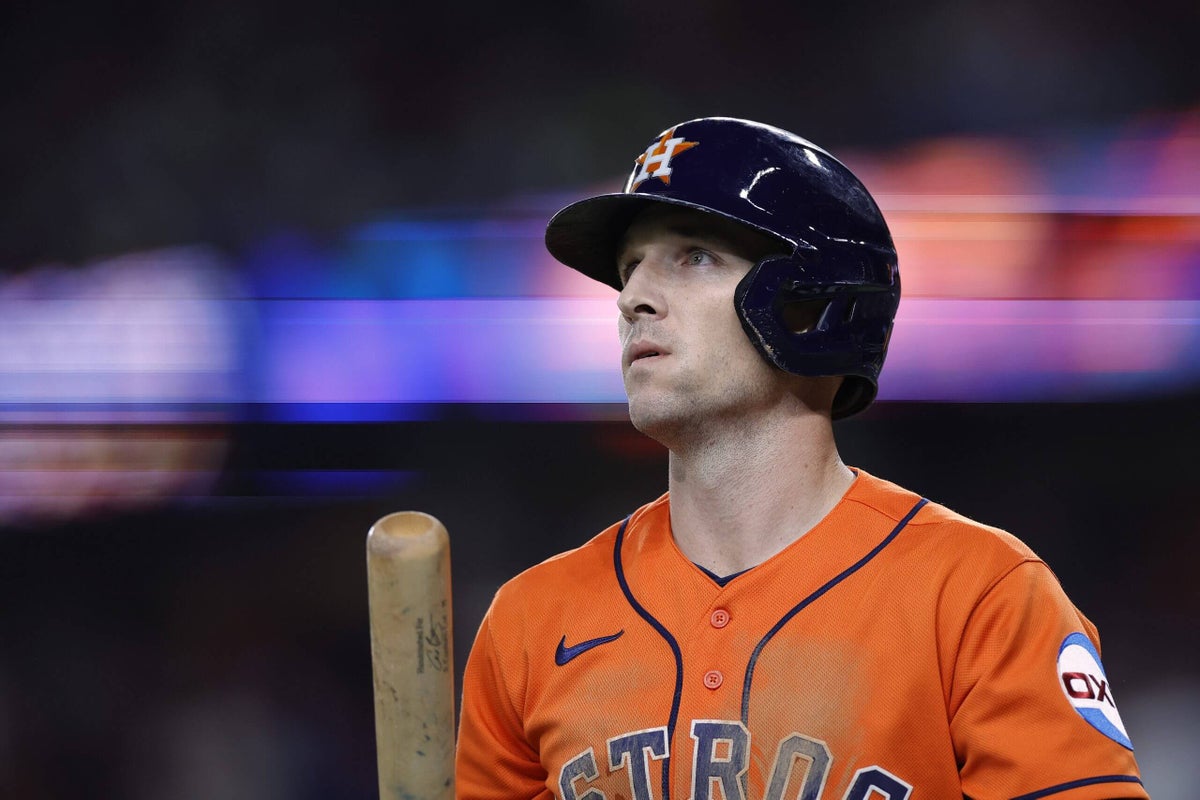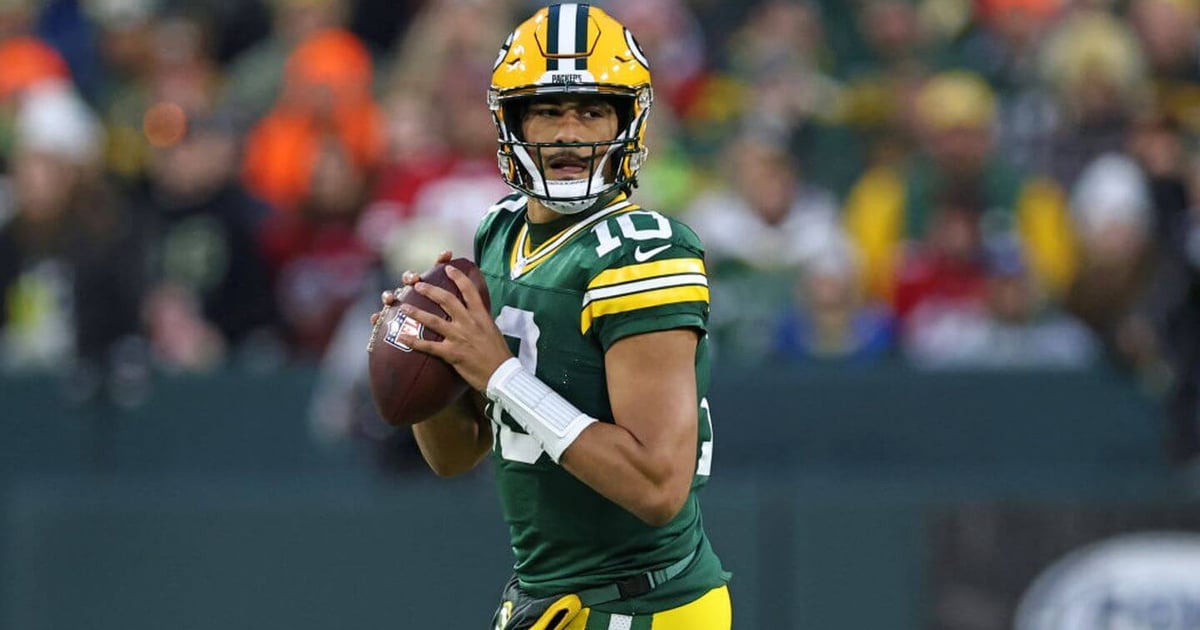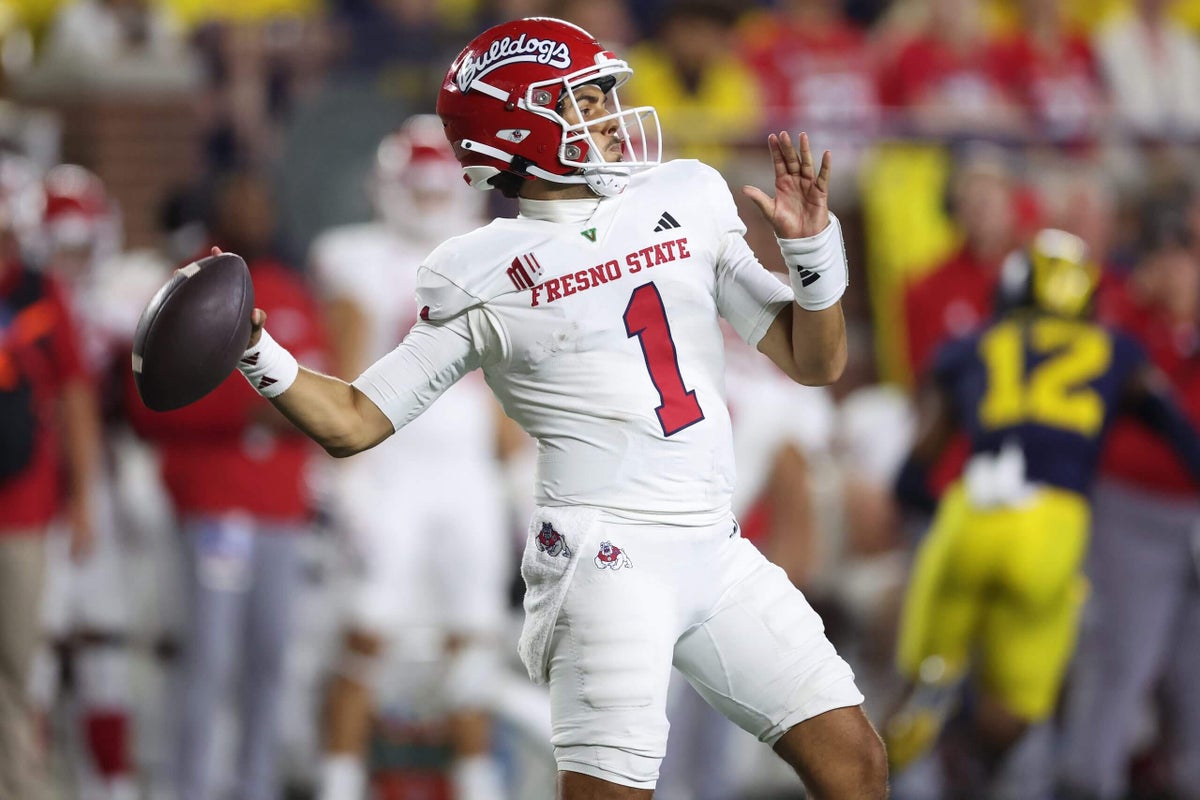It was slightly jarring at Wolves recently when Manchester City — via Josko Gvardiol — scored their seventh goal of the season from outside the penalty area, a number which at that point represented 25 per cent of the 20-team Premier League’s total for the 2024-25 campaign.
And people generally love to see long-range goals. The past couple of international breaks have seen a concerted pining for the good old days, when midfielders and defenders were emboldened to push forward and smash a shot from 40 yards into the top corner.
One strand of this nostalgic thinking is not just that modern football has changed for the worse but that Guardiola and City are specifically to blame; that long-range shots are ‘banned’ by the Catalan and most contemporary managers simply copy his approach.
This was so prevalent during the summer that City’s social media admin took the opportunity to post a video compilation of all of their league goals from outside the box last season — with 15 of them, they had more than any other club in the division (three more than next-best Liverpool, with 10 by Aston Villa and Burnley being third-most).
A @premierleague best 1️⃣5️⃣ goals from outside the box in 2023/24! 🚀
Here they all are! 👇 pic.twitter.com/k0Zzpkwwz1
— Manchester City (@ManCity) June 19, 2024
Even so, long-range goals do seem to go against Guardiola’s logic. In recent weeks, he has been preaching the importance of ‘patience’ more than ever when his team face a packed defence.
But, in fact, it is quite a simple equation — when teams defend extremely deep and fill their box, certain types of goals become more important and, given City’s quality, become more likely to happen.
“There were 11 players inside the box when we arrived to the byline,” Guardiola said after that 2-1 win at Wolves 10 days ago. “There’s no space. And after, it’s free kicks, corners, individual actions like Josko has done again. You can break the game in this kind of way.”
It is also clear from studying Gvardiol’s goal at Molineux that the space does not just appear on its own — City help to create it.
In that case, by Jeremy Doku attracting two men towards him, and Ilkay Gundogan moving into the box to drag another one away. When Gvardiol first gets the ball, he does not have much space, when he gets it back from Doku, there is enough to get a shot off. Also note the eight Wolves outfield players inside their penalty box.

The importance of long shots against deep defences was summed up almost cartoonishly when City played Arsenal a month earlier.
Having been reduced to 10 men before just half-time, Mikel Arteta’s side spent the second half bunkered on in their own area. That meant City only really had space on the edge of the 18-yard box, duly unleashing 18 shots from distance that day.
The problem was that 10 of the 18 were taken by centre-backs Manuel Akanji and Ruben Dias and right-back Kyle Walker, players who are rarely prolific inside the box let alone outside, along with three more by Mateo Kovacic, who has scored a couple from long range this season, but was unable to get it right that day. One very obvious way that City missed Rodri, after he went off injured midway through the first half, was when it came to shooting from distance.

City eventually scored a stoppage-time equaliser from a set piece but Arsenal had been fairly comfortable defending the shots from beyond the area by Akanji and Dias, and one of the frustrations for home supporters was that even when Phil Foden was brought off the bench on 70 minutes, he was tasked with getting into the box. The problem being there was no space for him, so City’s defenders had to keep trying to score from distance.
That might have led to a bit of a change in Guardiola’s approach, however, because in Saturday’s game against Southampton he used Foden in a deeper role when City had pinned the visitors back in their area.
Asked afterwards if this was something that Foden could do more generally in matches, especially given Rodri’s season-ending injury, Guardiola focused specifically on the England midfielder’s ability to shoot from range against teams who defend deep.
“No, when they defend so deep… dropping a little bit to get the ball and use his incredible potential to shoot from the 18-yard box, we have to use it, that’s for sure,” the Catalan said.
“I prefer Phil close to Erling (Haaland) because his sense of goal is unique, but I have to admit that when he drops and can shoot — like the goal against West Ham to win the Premier League last season, or at the Bernabeu — I think he is really, really good player and I think we can use it when the opponents drop so, so deep.”
The goals Guardiola cited there have become Foden’s trademark; receiving the ball from his right, opening up his body and firing a shot into the top corner.
He did so not only against West Ham on the final day of the season, but also against Real Madrid in the Champions League quarter-finals and against Manchester United before that. He scored six long-range goals in the 2023-24 Premier League, two more than anybody else in the division.

Kovacic and Gvardiol have been City’s biggest threats from long range this season, with Rodri and Kevin De Bruyne injured and Foden in and out of the team, but the 24-year-old could be about to contribute his proven threat, with Guardiola starting to believe he may be even more use outside the box than in it.

In fairness to those who want to see more players taking pot shots from miles out, it is not like City’s seven long-range goals this season, or the 15 from the previous one, have all been speculative, ‘Where do you want your statue, Vincent Kompany?’ screamers. One of them was a Haaland one-against-one, another was De Bruyne rolling the ball into an empty net after a goalkeeping error.
But Kovacic, against Chelsea, and Doku, against Fulham, have scored more traditional goals from outside the box, ones that did not involve the opposition having everybody back in their box defending, which shows that there is room for a bit of old-fashioned thrill in City’s game… sometimes.
Kovacic also scored that day against Fulham, another goal where the opponents had massed in their penalty area.
When Bernardo Silva receives Foden’s cross here, there are nine Fulham players in the box.

Goals like that, and Gvardiol’s at Wolves and Foden’s ones last season, are beautiful long-range strikes, but they are also products of Guardiola’s patience-first mantra.
When he said, “You can break the game in this kind of way”, after the Wolves match, it was actually part of a wider point, which was this: “The most important thing when you are there is: try to avoid as much as possible the runs, the transitions of the opposition”. In that context, it is better to smash the ball into Row Z than turn it over on the edge of the other team’s penalty area.
Guardiola has already said he is not expecting Bournemouth and Brighton, City’s remaining league opponents (both away) before the November international break, to sit back in the way that other teams have of late, so there might not be quite such a focus on long-range goals in those games.
But, despite what many might think, long-range goals are always on the cards when City play — and especially when Foden is on the scene.

GO DEEPER
Breaking down Erling Haaland’s 100 City goals: Back-post menace, one-v-ones and the occasional screamer
(Photo: Richard Callis/Eurasia Sport Images/Getty Images)














Leave a Reply